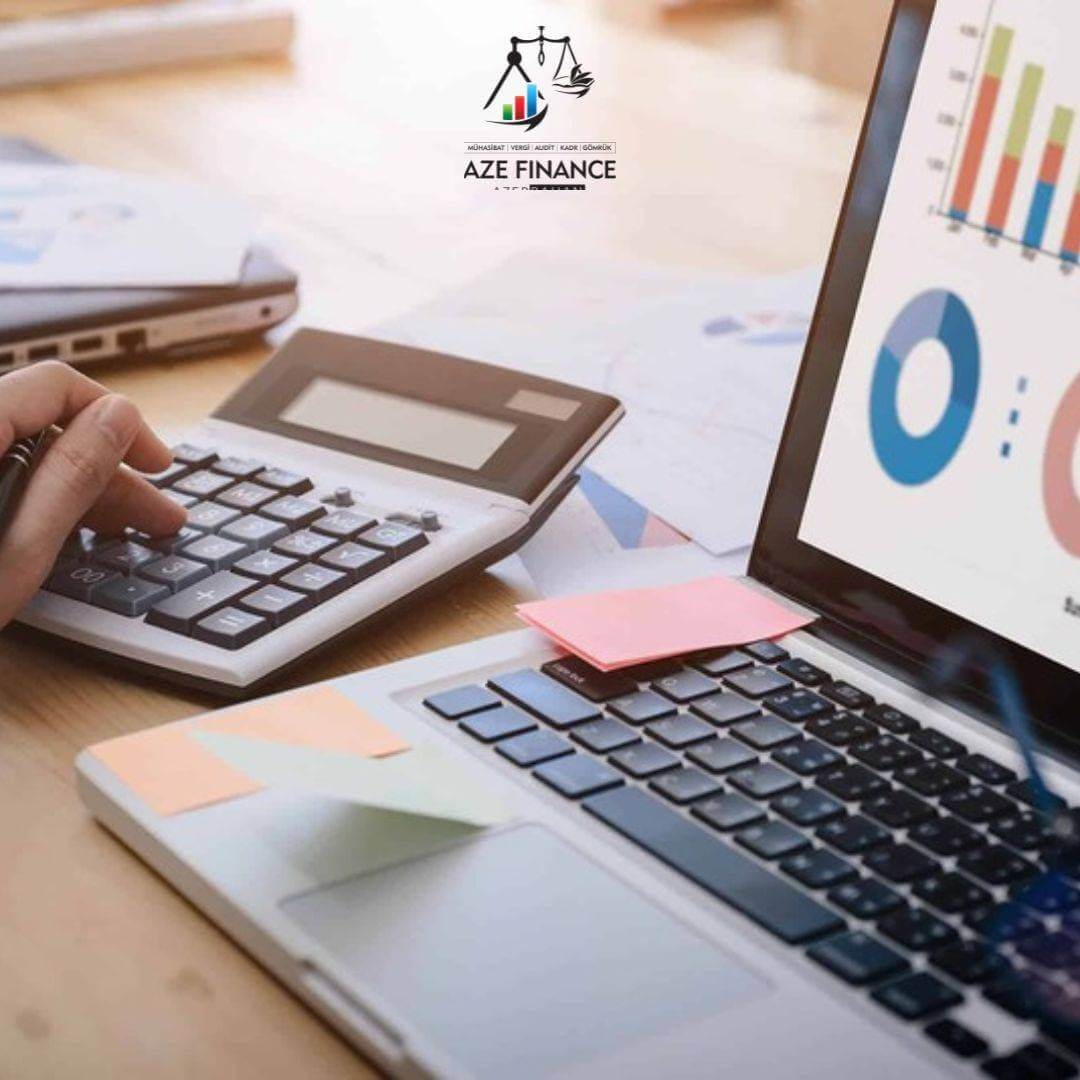How is a person conducting non-commodity transactions identified?
How is a person conducting non-commodity transactions identified?

- According to Article 13.2.81 of the Tax Code, a person conducting non-commodity transactions (Article 2.1.3).
After the latest changes, based on Cabinet of Ministers' Resolution No. 265, a person conducting non-commodity transactions may also be considered a risky taxpayer. A question may arise as to the difference between a person conducting operations involving goods and services and a person conducting non-commodity transactions, and why the latter is classified separately.
To answer this question, let's look at the definition of non-commodity transactions in Article 13.2.81 of the Tax Code: "Article 13.2.81. non-commodity transaction – a transaction revealed during tax control, conducted either with the intent to conceal another transaction or without such an intent, and officially registered to gain profit (income) without providing goods, works, or services."
As seen from the article, a non-commodity transaction is one conducted without providing goods, works, or services. Now, let's consider an example involving both services and goods to clarify the concept of a non-commodity transaction.
Example: A taxpayer provided design services for an object worth 2,000 manats based on a contract. Additionally, the taxpayer performed renovation services for the object worth 20,000 manats. This taxpayer also sold 10,000 manats worth of construction materials to another taxpayer and provided 2,000 manats worth of metal scrap. During tax control, it is revealed that although the design of the object was completed, no renovation work was performed on the object. The other taxpayer did not actually receive the construction materials, only the transaction was documented. However, the taxpayer did provide 2,000 manats worth of metal scrap.
In these conditions, two of the four transactions are non-commodity transactions:
- Renovation services for the object worth 20,000 manats;
- Delivery of construction materials worth 10,000 manats.
The other two transactions (design services and delivery of metal scrap) were actually carried out, so they do not fall under the definition of non-commodity transactions.

- According to Article 13.2.81 of the Tax Code, a person conducting non-commodity transactions (Article 2.1.3).
After the latest changes, based on Cabinet of Ministers' Resolution No. 265, a person conducting non-commodity transactions may also be considered a risky taxpayer. A question may arise as to the difference between a person conducting operations involving goods and services and a person conducting non-commodity transactions, and why the latter is classified separately.
To answer this question, let's look at the definition of non-commodity transactions in Article 13.2.81 of the Tax Code: "Article 13.2.81. non-commodity transaction – a transaction revealed during tax control, conducted either with the intent to conceal another transaction or without such an intent, and officially registered to gain profit (income) without providing goods, works, or services."
As seen from the article, a non-commodity transaction is one conducted without providing goods, works, or services. Now, let's consider an example involving both services and goods to clarify the concept of a non-commodity transaction.
Example: A taxpayer provided design services for an object worth 2,000 manats based on a contract. Additionally, the taxpayer performed renovation services for the object worth 20,000 manats. This taxpayer also sold 10,000 manats worth of construction materials to another taxpayer and provided 2,000 manats worth of metal scrap. During tax control, it is revealed that although the design of the object was completed, no renovation work was performed on the object. The other taxpayer did not actually receive the construction materials, only the transaction was documented. However, the taxpayer did provide 2,000 manats worth of metal scrap.
In these conditions, two of the four transactions are non-commodity transactions:
- Renovation services for the object worth 20,000 manats;
- Delivery of construction materials worth 10,000 manats.
The other two transactions (design services and delivery of metal scrap) were actually carried out, so they do not fall under the definition of non-commodity transactions.


